Pedestrian scale lighting
An outdoor post light is a pedestrian scale lighting fixture that is designed to deliver functional illumination and architectural blending. Post lights lend a daytime appeal to a landscape while providing a spread of light for safety, security or landscape accent at night. They integrate the luminaire into a post, or have an arm mount or post-top mount luminaire, bringing an organic look into the environment. The post/pole is critical to the ultimate aesthetic success of the light fixture. Elements such as luminaire arrangement/size, fixture height, arm length, post diameter or cross-section size can visually impact scale. Post lights are a distinct category of outdoor light fixtures in that they infuse a balance of style, light, scale and detail to help create a certain ambience while complementing the architecture of surrounding structures.
Perform in collaboration with the surroundings
Outdoor post lights cover an extensive range of products that have varied characteristics such as styles, sizes, scales, configurations, and optical designs. The characteristics of post lights are dictated by where the fixtures are installed, how much illumination is needed and how that light is to be delivered to the area being lit. Post lights find their footprint in a variety of outdoor sites which include downtown streets, urban sidewalks, town or village streets, driveways, walkways, pathways, residential neighborhoods, parking areas, commercial plazas, parks, squares, gardens, campuses, and boulevards. Regardless of whether the application has a contemporary character, demands a transitional appeal, or is decidedly traditional, post lights provide the versatility of form necessary to complement the appearance of surrounding environments.
Types of outdoor post lights
Outdoor post lights can be generally categorized into fixtures designed for high mount applications and fixtures for use in low mount applications, which are represented by post top lights and bollard lights, respectively.
Post top lights
Post top lights and post lights with arms come with a scalability (luminaire mounting height) ranging from 3 to 9 meters. These fixtures are used for area lighting in downtown spaces, commercial developments and residential communities. A post light of this type comprises a base, a pole, and a pole-top assembly that includes one or more luminaires. A wide selection of base, pole, arm, bracket and finial styles provides the flexibility of form needed to complement a wide range of surroundings. Incorporating historically styled fixtures into a streetscape design to celebrate an old-fashioned charm remains enduringly stylish for generations. These type of fixtures use acorn and lantern style luminaires, fluted and tapered cast poles, and decorative bases. Although traditional forms attract continuous attention and admiration, transitional and contemporary shapes are beginning to gain favor. Transitional designs features the traditional character with updated styling. Contemporary design indulges in clean lines and geometric expressions. The optical systems of high-mount post lights need to deliver an optimal amount of horizontal and vertical illuminance with excellent uniformity while minimizing light trespass. They are usually designed to provide type III, IV or V light distributions.
Bollard lights
A bollard light is a rigid, vertical post light formed from a support post and a luminaire that is mounted to the post. Standard bollards come with height typically around 42″ (1067 mm). There’re also bollard lights that are significantly taller. This type of fixtures are often referred to as column lights. Bollards traditionally serve as a physical barrier to direct both vehicular and foot traffic for institutional, civic and corporate environments. Today, bollards are used to illuminate driveways, pathways, entrance areas, squares, parks, and gardens. They provide ambient lighting to property for improved safety and security, and define visual direction and boundaries. Some bollards allow an internal light source to project through and thus creates and interplay of light and shadow that adds magic to the night.
System integration
Integrating LED lighting into post lights brings a range of benefits to outdoor lighting. Improved energy efficiency, maintenance-free operation, solid state durability, and long operational life are just a few of the observable and measurable benefits. The compact light source gives designers greater freedom to create stunning pieces that blend in seamlessly with their surroundings. While LED light bulbs are being used to retrofit existing light fixtures or adorn historically styled fixtures, most outdoor post lights are equipped with LED light engines that enable to unlock the full potential of LED lighting. In addition to more efficient thermal management and optical control, the use of LED light engines opens up advanced control opportunities. Dimming, occupancy control, daylight harvesting and time control are frequently used to create different ambiances depending on the mindset and activity. Wireless lighting control eliminates the need to run expensive copper wire to every control point, drastically simplifies control and automation of the luminaires.
Drive current regulation
Outdoor post lights can be divided into low voltage and mains voltage lighting systems. Low voltage systems are safe and easy to install as they operate on 12V or 24V power delivered by a remote transformer. However, voltage drop is a challenge in low-voltage applications. Mains voltage lighting systems are self-contained, meaning the LED light engine and the LED driver for converting power supplied from an alternating current (AC) power source to direct current (DC) power are co-located in the same assembly. Outdoor post lights are often designed as solar powered lighting systems which eliminate the need for external wiring and provide free lighting for the life of the systems.

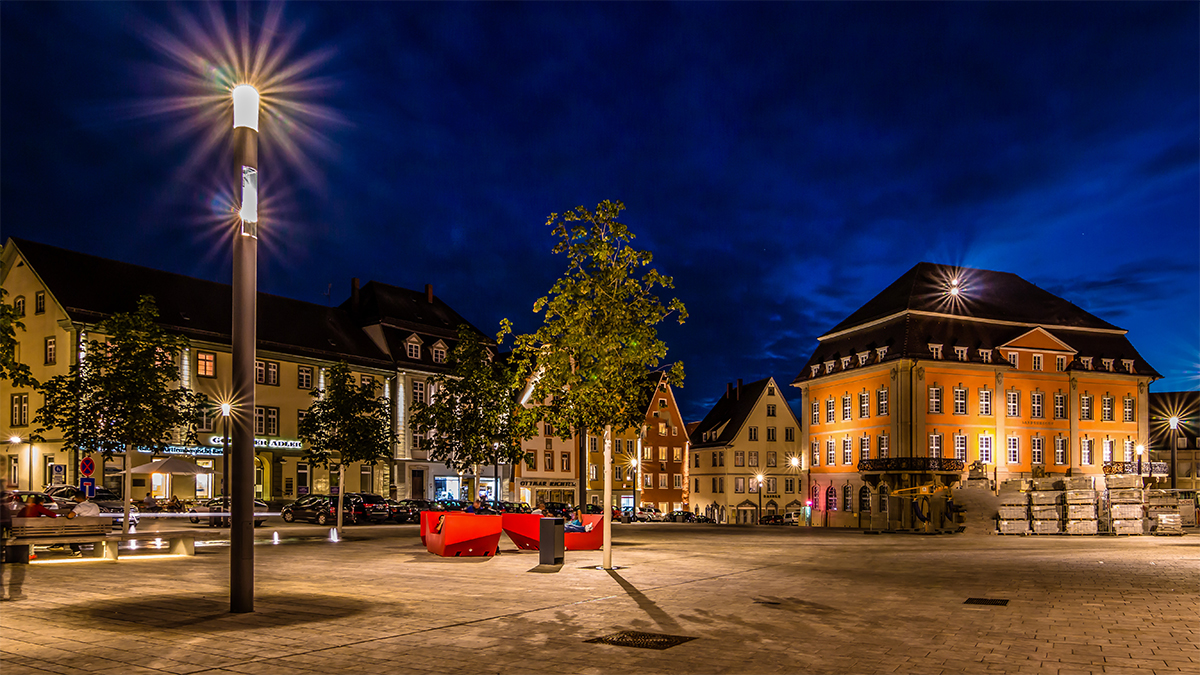
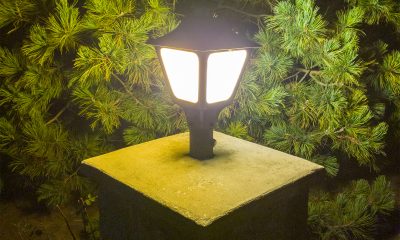
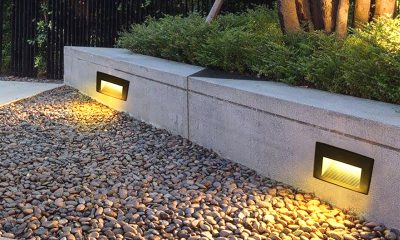
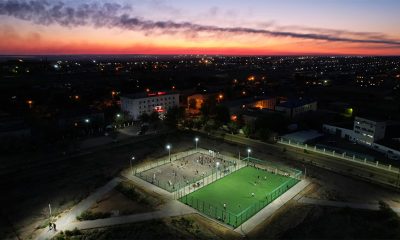


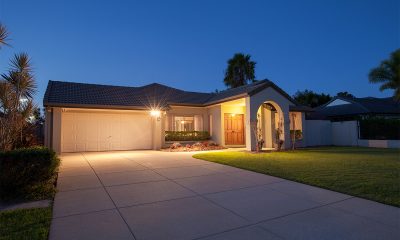
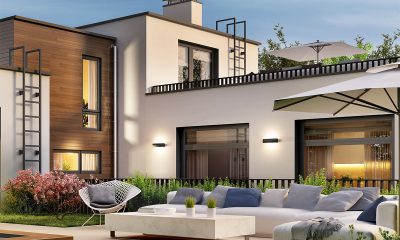


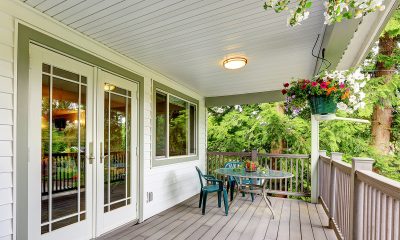
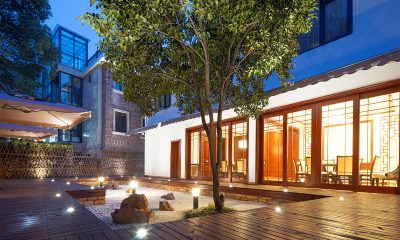
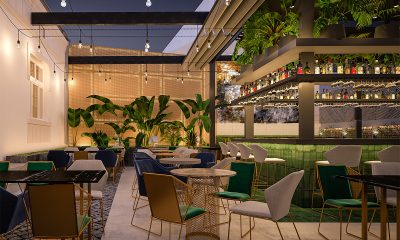





Loading...
New member
New member
New member